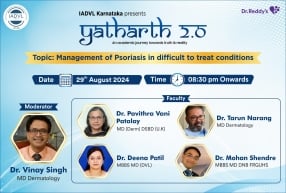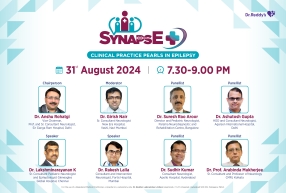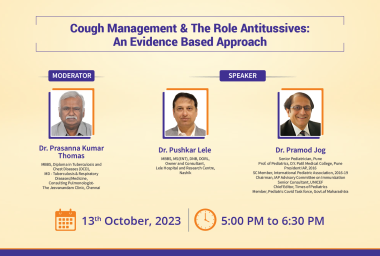
Evaluation of pain after utilizing various single-file glide path systems

Evaluation of pain after utilizing various single-file glide path systems
In a recent study, the WaveOne Gold Glider (WOGG) glide-path file system demonstrated a lower incidence of postoperative pain compared to alternative systems. The ProGlider (PG) group exhibited elevated rates of abscess formation and analgesic consumption in contrast to the other groups. Women were found to experience greater postoperative pain than men. These study findings were published in the Journal of Endodontics.
This randomized clinical trial included a total of 78 patients with asymptomatic apical periodontitis in their maxillary and mandibular molars. These patients were then randomly allocated into three groups: control group (n = 26), PG group (n = 26), and WOGG group (n = 26). Postoperative pain levels were monitored using a numerical rating scale at specific time intervals (6, 12, 18, 24, 48, and 72 hours), while the use of analgesics and abscess formation were also documented. Statistical analyses were conducted using the Mann-Whitney U, Bonferroni Dunn, Chi-square, Friedman, and Fisher exact tests.
The WOGG group demonstrated lower levels of postoperative pain at 12 and 18 hours compared to the other groups (P < .05). Women experienced higher postoperative pain scores at 6 and 24 hours in comparison to men (P < .05). Notably, the most intense postoperative pain scores were recorded at 6 hours (P < .05).
It can be concluded that the WOGG glide-path file system was linked to a reduced occurrence of postoperative pain when compared to alternative systems. In contrast to the other groups, the PG group displayed higher rates of abscess formation and analgesic consumption and women experienced greater postoperative pain than men.

Evaluation of pain after utilizing various single-file glide path systems
Evaluation of pain after utilizing various single-file glide path systems
In a recent study, the WaveOne Gold Glider (WOGG) glide-path file system demonstrated a lower incidence of postoperative pain compared to alternative systems. The ProGlider (PG) group exhibited elevated rates of abscess formation and analgesic consumption in contrast to the other groups. Women were found to experience greater postoperative pain than men. These study findings were published in the Journal of Endodontics.
This randomized clinical trial included a total of 78 patients with asymptomatic apical periodontitis in their maxillary and mandibular molars. These patients were then randomly allocated into three groups: control group (n = 26), PG group (n = 26), and WOGG group (n = 26). Postoperative pain levels were monitored using a numerical rating scale at specific time intervals (6, 12, 18, 24, 48, and 72 hours), while the use of analgesics and abscess formation were also documented. Statistical analyses were conducted using the Mann-Whitney U, Bonferroni Dunn, Chi-square, Friedman, and Fisher exact tests.
The WOGG group demonstrated lower levels of postoperative pain at 12 and 18 hours compared to the other groups (P < .05). Women experienced higher postoperative pain scores at 6 and 24 hours in comparison to men (P < .05). Notably, the most intense postoperative pain scores were recorded at 6 hours (P < .05).
It can be concluded that the WOGG glide-path file system was linked to a reduced occurrence of postoperative pain when compared to alternative systems. In contrast to the other groups, the PG group displayed higher rates of abscess formation and analgesic consumption and women experienced greater postoperative pain than men.







 Nephrology
Nephrology 






















































